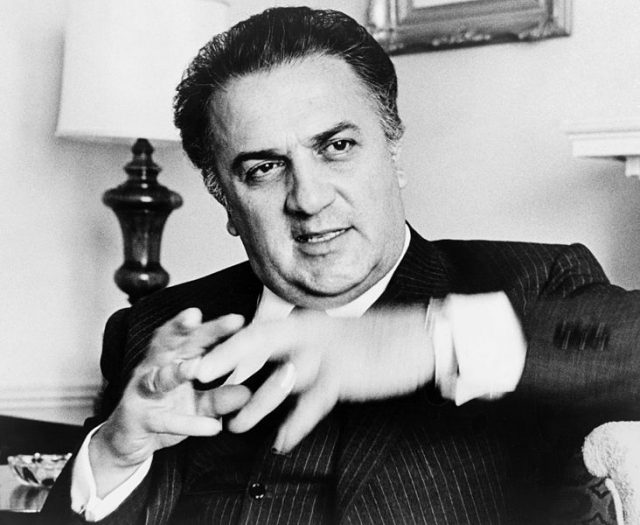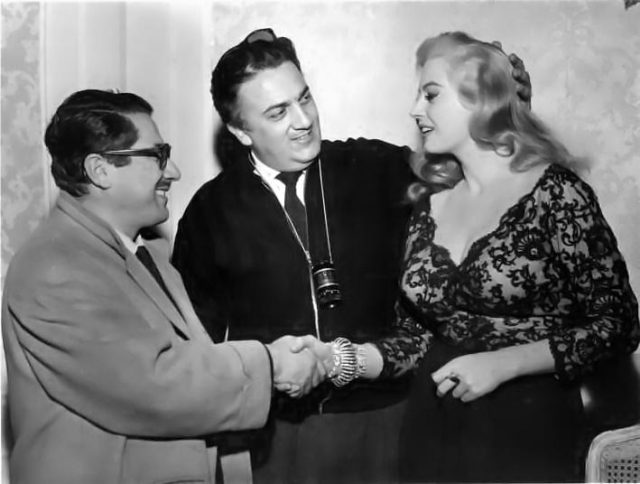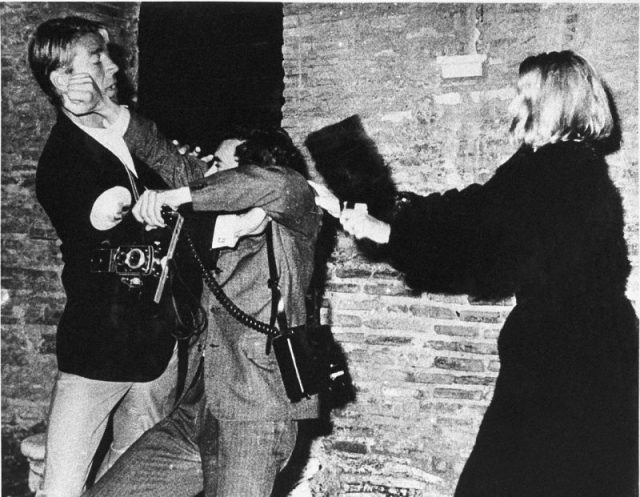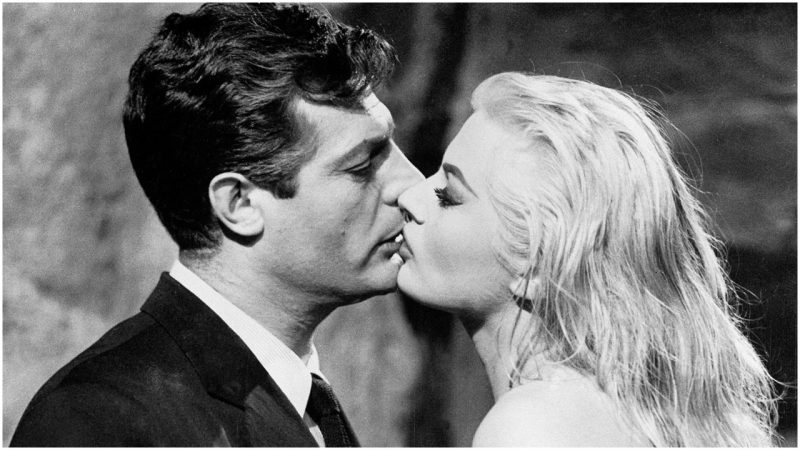“Unbelievable! The skinny actress caught eating BigMac in the local McDonalds!” “Whoops! Their Botox treatments turned into nightmares!” “Exclusive shots from the latest royal baby shower!” These are just some of the outrageous headlines in the vast universe of celebrity rumors, scandals, and “behind the curtains” stories presented in tabloid media, often through the photos obtained by unscrupulous, relentless photographers known as “paparazzi.”
Every day, celebrities and paparazzi are engaged in a love-hate relationship in which the fight for privacy and the need for increased popularity goes on. Stalkers, bullies, hunters, lawbreakers–these are just some of the words used to describe the paparazzi.
The term itself originates from a character invented by the bard of Italian cinematography, Federico Fellini. In the 1960s, when Fellini filmed La Dolce Vita, he introduced the audience to the character Paparazzo (played by Walter Santesso), a photographer accompanying his journalist colleague Marcello (played by Marcello Mastroianni).

Fellini found his inspiration for the character of Paparazzo in the late 1950s, when he met the Italian celebrity-hounding photographer Tazio Secchiaroli, founder of the Roma Press Photo agency. At that time, Fellini noted, Rome was overwhelmed by the American movie stars who enjoyed hanging out with the European beau monde in the largest Italian film studio, Cinecitta.
Secchiaroli and his colleagues relentlessly pursued the stars to get more piquant and, if possible, compromising shots. Secchiaroli was the most persuasive and, as reported by his editors, his professional attempts were often described as tasteless assaults. In one unpleasant event, he took a photo of the Egyptian King Farouk having coffee with two unknown women, neither of them his spouse. The king broke his camera, but this outrageous moment was caught by, funny as it may seem, other paparazzi. Reportedly, Fellini was present with Secchiaroli at this event, whom he had met while researching tabloid journalism for his film. Inspired by the swarm of pushy photographers, Fellini created Paparazzo.

There are various disputed explanations over the etymology of this character’s name. One of them refers to its similarity to the word “papataceo” in Sicilian dialect, meaning a large mosquito. Even Fellini himself stated for Time magazine that Paparazzo suggested to him a buzzing insect that hovered, darted, and stung. Nevertheless, in his autobiography, Fellini attributed the term to an opera libretto, and according to another theory told by Fellini’s co-writer, the name was found completely accidentally while going through the pages of the book By the Ionian Sea by George Gissing, in which the character Paparazzo was a hotel keeper.
Regardless of the validity of these stories, a new word emerged and took off. After the release of the film in Italy, “paparazzi” became a synonym for intrusive photographers who chase stars. Paparazzi soon became a common term in English as well, especially after the 1961 release of La Dolce Vita in the United States.

The word was launched by Time magazine in the article “Paparazzi on the Prowl,” accompanied by a photo of paparazzi blocking the way of a car containing a princess who is visiting Rome. Soon, the pages of Cosmopolitan, Life, and other publications spread the new word. Despite the infamy of the paparazzi, Fellini explained that he never attempted to put down these photographers but wanted to present the paparazzi-inspired events where reporters begged to get a story. Finally, he admitted that the feeding-frenzy photos attracted his interest just like the public’s, since they re-created life in the moment.
Ironically, by the time “paparazzi” became a fad in the media world, Secchiaroli had left his notorious profession behind. He turned to private portrait photography of celebrities, like Catherine Deneuve and Marcello Mastroianni, who appreciated his photographic skills and discretion.
